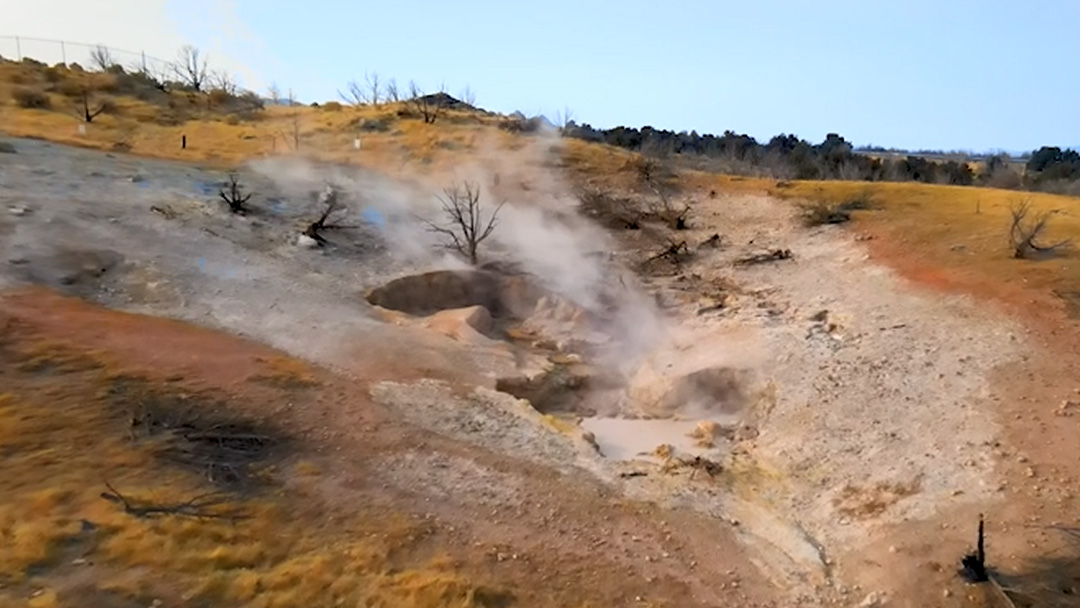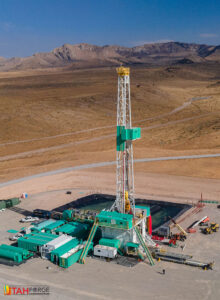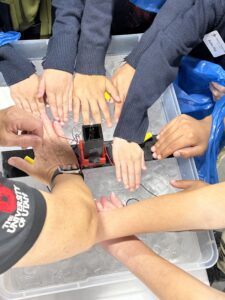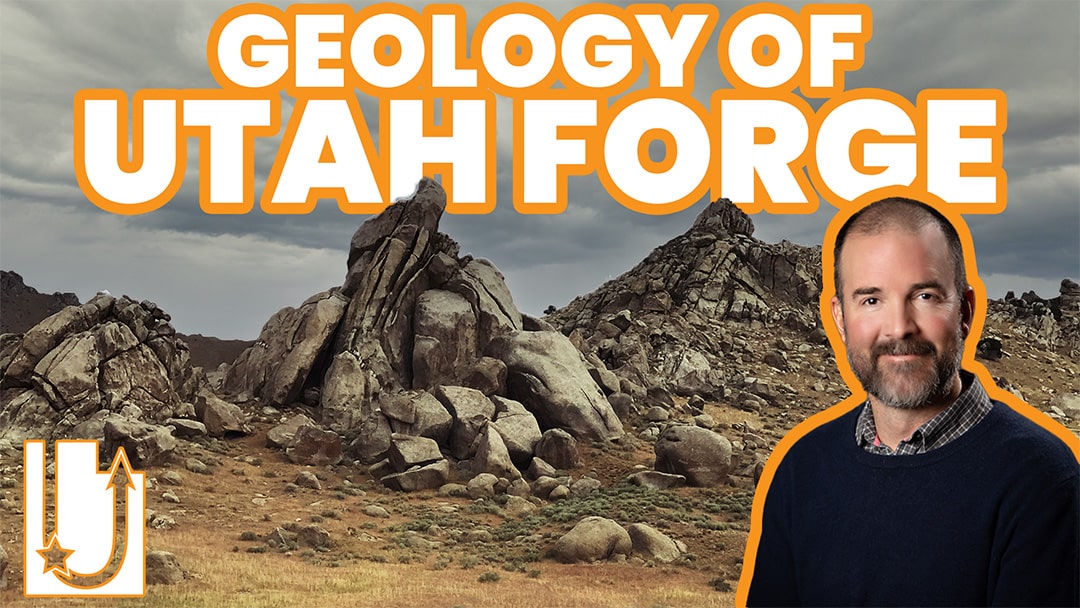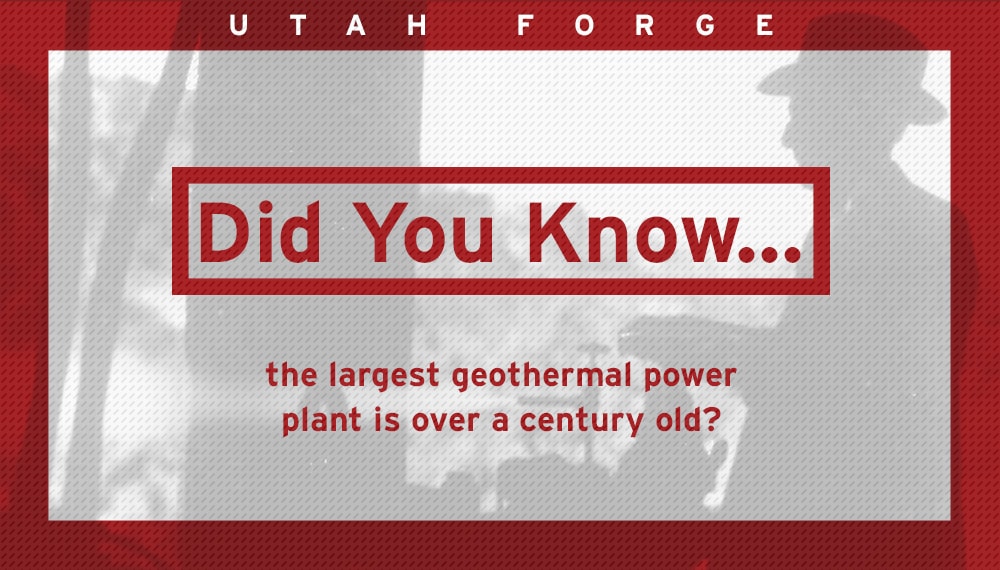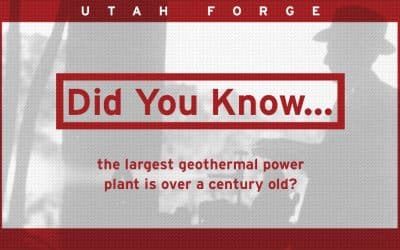
Did you know... that Paris has used geothermal energy to heat the homes of more than 2 million people?
You might not think that Paris, the city of love, would be a major producer of geothermal energy – but it is! Paris has been using geothermal energy to heat houses since 1969.
Under the famous city are two deep aquifers containing hot water. Since 1969, Paris has been working on many geothermal projects. Today, there are around fifty supply networks in the city that heat almost 250,000 homes.
The main aquifer, the Dogger, is about 1,500-2,000 meters (~4,900-6,600 feet) deep. The rock that hosts the aquifer is 150-170 million years old and is made of limestone. It has a temperature of about 60 degrees Celsius. While the Dogger is full of mineral salts that make produced water unfit for consumption, the heat can be used for district heating. This geothermal resource supplies energy to buildings in the northern, eastern, and southern parts of Paris, but to the west it falls below a threshold temperature that makes drilling and production uneconomic.
Currently, SIPPEREC (the Paris intercommunal union for energy and communication networks) is exploring the idea of drilling into the Triassic rock layer, which underlies the Dogger at 2,100 meters (~6,870 feet) depth. The temperature of the water at this level is about 80 degrees Celsius – 20 degrees higher than the Dogger. If successful, utilizing the Triassic layer would allow development in the western part of the Paris region but full-scale exploration awaits approval from regulatory authorities and the state.
As of 2020, drilling into the Dogger costs about 5 million euros per well. Of course, drilling deeper costs more, and the cost of drilling into the Triassic layer is about 9 million euros per well. However, because of the hotter water temperature, production here could be cheaper as less water would be required. SIPPEREC says that network users' charge could be lowered as well.
The new heating networks are scheduled for completion in November of this year with the benefit of conserving annual emissions of 30,000 tonnes of CO2.
Sources:
https://www.thinkgeoenergy.com/geothermal-greater-paris-area-making-better-and-better-use-of-enormous-potential/
https://www.thinkgeoenergy.com/drilling-for-geothermal-heating-project-launched-in-velizy-near-paris-france/
https://www.seequent.com/deep-shallow-hot-cold-the-future-of-geothermal-energy/
https://europeangeothermalcongress.eu/wp-content/uploads/2019/07/CUR-11-France.pdf
